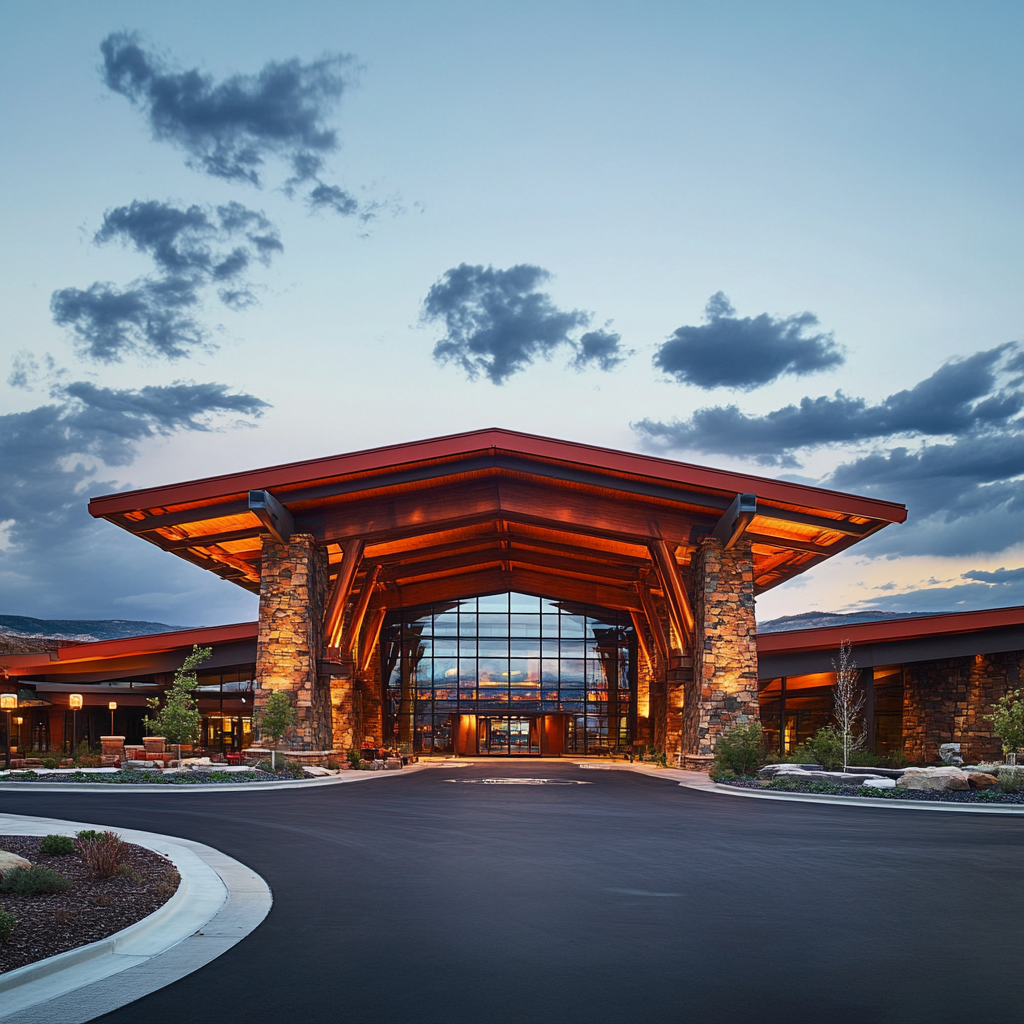
Tribal Lawsuit Targets Cardrooms Over Casino Games
California Tribes Take on Cardrooms: A High-Stakes Struggle for Gambling Rights
Ah, California – the land of sunshine, surf, and a whole lot of complicated legal battles. Now, imagine the clash of titans: the casino-owning Native American tribes facing off against cardrooms that are unapologetically serving up Las Vegas-style card games. This drama has taken a sharp turn, entering the courtroom arena with a lawsuit that’s shaking up the state’s gambling landscape. Buckle up, folks; this is no ordinary conflict over poker chips.
The Great Legal Showdown
So, picture this: it’s January 1, 2025. The tribes have decided they’ve had enough of sharing the spotlight with cardrooms who they claim are breaking state laws by offering games like blackjack and pai gow poker. According to these tribes, such games are their exclusive territory, protected by pacts that California voters backed. They’re not holding back in their lawsuit, boldly accusing cardrooms of making a pretty penny off what they deem illegal gambling operations. They paint a vivid picture of profit-hungry establishments trampling on their economic rights and stability.
The lawsuit doesn’t just whisper its accusations; it shouts them. “Defendants brazenly profit from illegal gambling,” it proclaims, summoning all the weight of legal terminology to take down their competitors. You see, for tribes, this isn’t just about a few card games; it’s about preserving their hard-fought economic landscape, and their voices are getting louder amidst the chaos.
The Cardroom’s Counterattack
And now, enter the cardroom industry, ever the defenders of their turf. They’re countering the tribes' claims with absolute conviction, asserting that they’re just following the law while providing games that are, let’s say, squeaky clean. The California Gaming Association is stepping up, claiming that this is merely a ploy to eliminate competition. Who wouldn’t want to protect their turf when hard cash and local businesses are at stake?
They contended that cardrooms are perfectly within their rights to operate, even while tribes see them as disruptive intruders. Talk about a classic David versus Goliath scenario, where the little guy might not be so tiny after all. With tax-paying cardrooms standing firm and California communities benefiting from their presence, the stakes are as high as the glitzy neon lights that fill Southern California’s casino landscape.
The Ripple of Economic Impact
One cannot overlook the economic implications of this epic fight. Take San Jose, for example. It stands to lose a whopping $30 million annually from cardrooms if the tribes triumph. That’s right—$30 mil! This revenue fuels critical local services like firefighting and policing. So, if the lawsuit succeeds, it might not just be the tribes or cardrooms that bear the brunt of it. You can bet your bottom dollar that local residents will feel the pinch too as their daily lives hang in the balance.
It’s a dizzying thought, really. A legal clash that could ripple through the economy like a stone thrown into a still pond, creating waves that disrupt everything in their path. The financial fallout could be felt far beyond the gambling tables.
A New Era of Legal Play
Now, let’s delve into the interesting twist: the tribes’ newfound power to sue these cardrooms isn’t just some sudden urge to shake things up. Nope. Thanks to a Senate Bill signed into law, effective January 1, 2025, the tribes can now pull the judicial strings and challenge whether cardrooms can continue offering their beloved Las Vegas-style games. This legal clause is akin to handing them a shiny new toy—one they’ve decided to wield with gusto. This empowerment of the tribes shows how laws evolve and how old grievances can find new life.
A Tangle of History and Rights
But this isn’t just a surface-level legal skirmish; it’s a reflection of a much older, deeply rooted history between Native American tribes and the state of California. It’s a relationship steeped in agreements, disputes, and ongoing negotiations. The state has set the stage, signing Tribal-State Class III Gaming Compacts with 67 tribes that dictate the terms of casino operations. These documents have seen many updates over the years, a true testament to the ongoing tug-of-war for gambling rights.
As the cards are drawn and legal strategies unfold, it’s worth reflecting on the historical backdrop of these negotiations. On one side, we have tribes fighting for their rights and cultural preservation, and on the other, cardrooms jockeying to maintain their sanctity. We’re witnessing not just a battle for dollars but a fight for identity, heritage, and economic independence.
The Future of Gambling in California
As the clock ticks on this lawsuit, all eyes will be glued to the court’s interpretation of existing laws and agreements. Will the tribes emerge victorious, claiming the turf they feel belongs to them? Or will cardrooms manage to hold the line, protecting business operations that provide jobs and tax revenue for communities? The outcome is anyone’s guess at this juncture.
One thing is certain: this saga will continue to evolve and has the potential to reshuffle California’s gambling landscape dramatically. It’s a fascinating chapter in the ongoing story of cultural heritage, economic stability, and the quest for autonomy.
So, dear reader, keep your ears to the ground and your eye on the legal proceedings as these two heavyweights engage in this riveting spectacle. This is more than just a legal tussle; it's a vivid illustration of how deeply intertwined our society’s economic and cultural threads can be.
Want to stay up to date with the latest news on neural networks and automation? Subscribe to our Telegram channel: @HighriskandPayments

